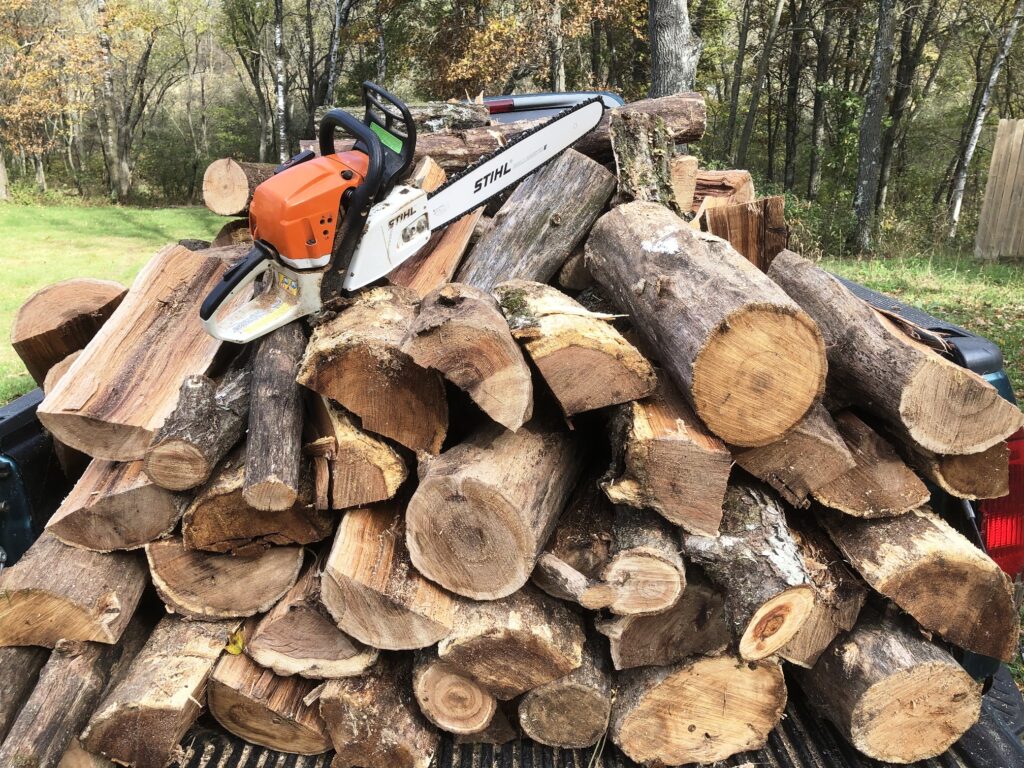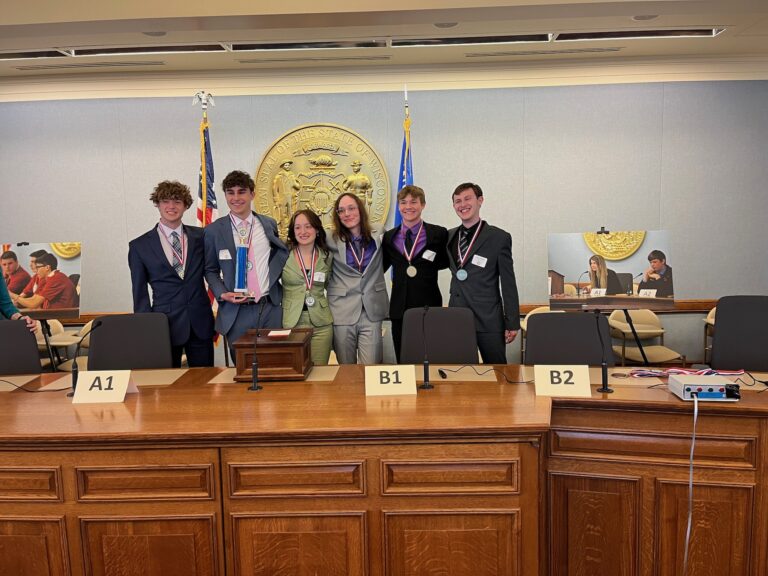Back Home by Chris Hardie
- Download this column as a Word document
- Download the photos that accompany this story
- Chris Hardie’s headshot
I am generally an optimistic fella who sees the H2O in the vessel as half-full most days.
But as the fall days grow colder, I tend to be more like my great-grandfather when it comes to my outlook. Even on the hottest days of summer he would note that the days were growing shorter. “And before you know it,” Grandpa would say while wiping the sweat off his brow, “winter will be here.”

My cynicism this year is grounded in two recent developments – the long-term weather forecast that calls for heavier snow and the return of the polar vortex in February – and sky-high energy prices.
While I haven’t done my annual measurement of the black bands on the woolly bear caterpillar and I certainly haven’t measured the expanding girth of my waistline, the National Oceanic and Atmospheric Administration says this will be our third winter in a row being influenced by La Niña. The cooler eastern Pacific Ocean water means a greater chance we’ll have a wetter and colder winter in the upper Midwest.
The long-range winter forecast from AccuWeather calls for periods of snow later in the winter and colder weather in January and February, including the return of the polar vortex in February.
Added to that cheery news is an estimate from the National Energy Assistance Directors Association that we should expect a 17.2% increase in our heat bills from last winter, which were already up 18% from the winter before.
So get ready to shiver a little more, shovel a little more and dig deeper into the pocketbooks. The NEADA says the total cost of home heating this winter will increase from $127.9 billion to nearly $150 billion.
A spike in natural gas prices thanks to the Russian invasion of Ukraine that has impacted supply is being blamed for much of the increase, but the overall cost of heating regardless of the fuel has gone up like everything else.
Even those that burn firewood for their source of heat are not immune to the increased prices. Firewood prices soared last year and remain high. One website that I checked that sells cordwood in northern Wisconsin was quoting $410 for a full cord of mixed hardwoods – picked up. Delivery costs were extra.
While that seems high, it’s not a record. During the Revolutionary War and the British siege of Boston the price per cord went as high as $20 – nearly $681 in today’s dollars.
A cord is the standard measurement for a pile of wood that is 128 cubic feet: 4 feet high, 4 feet wide and 8 feet long.
Locally I found prices that range from $160 for two face cords – two-thirds of cord – to $450 for three full cords. We still burn some wood for heating and may burn more this winter as propane prices have also increased – even with locking in prices in advance. Several winters ago I estimated that we needed 41 cords to get us through the entire heating season – when we were heating two houses and the milkhouse in the barn. Buying that much wood at $410 a cord would be nearly a $17,000 price tag.
While I still have the ability to cut my own wood to keep costs lower, there are some who still rely on wood that cannot. About 2% of Americans rely on wood heat for their heating and more than 11 million homes have wood as a primary or a secondary source of heat. In some counties the percentage of homes who rely on wood is much higher.
There are energy assistance programs for low-income Americans who use fuel or electricity and now there is an initiative to grow that assistance for those who burn wood.
The Bipartisan Infrastructure Law passed this year includes money to expand firewood banks. Like food banks, firewood banks provide a local heating source for folks in need. The U.S. Department of Agriculture’s Forest Service is partnering with Alliance for Green Heat to provide small grants of $5,000 to $15,000 to support firewood banks. More than $8 million in funding for firewood banks is contained in the infrastructure law.
There are some 100 firewood banks across the country, but only one in Wisconsin and Minnesota. The Heat a Home Interfaith Caregivers is located in Burnett County, WI and the Woodcutters Program – Knights of Columbus Council 478 is in Alexandria, MN. The banks are typically run by volunteers who split, stack and store the wood or also deliver to those in need.
Providing a local and renewable heating source seems like a common sense way to keep folks in need warm this winter.
Perhaps I could start my own personal firewood bank – if I could ever have enough capital to deposit before I burn it up.
Chris Hardie spent more than 30 years as a reporter, editor



